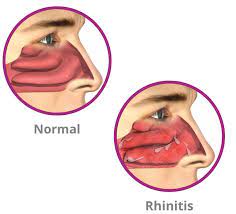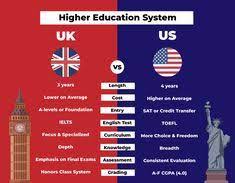Want help to write your Essay or Assignments? Click here
Sexual Education
Idea for evidence based project
My project will be on a systemic review on the effectiveness of sexual education in enhancing knowledge among teenagers, encouraging safe sex practices, and decreasing the incidence of STIs. This is an important project in the field of healthcare because it has been proven that one out of five adolescents will have sex before they are 15 years old and most of those who continue being sexually active rarely use condoms consistently. This exposes themselves to STIs and unwanted pregnancies.
Moreover, what interested me into conducting this project is the sad revelation that more than half of all new HIV patients acquire the HIV virus through unprotected sexual intercourse before they attain the age of 25 years (CDC, 2012). In addition, research by Boonstra (2015) reported that approximately 85,000 teens in the U.S experience pregnancies. It is for these reasons that I chose this project of sexual education which will not only safeguard teenagers from STIs but also from teenage pregnancy that is acquired through unprotected sex.
Want help to write your Essay or Assignments? Click here
Evidence Based or Research Based
This project will be an Evidence Based Project and not a research project because it will rely entirely on systematic review of several peer review sources on the effectiveness of sexual education. A number of scholars have conducted research on this subject and documented their findings which will be essential in my project.
Description of Project Issue
My project will be on sexual education with an aim of filling the gap revealed by studies that majority of teenagers lack adequate knowledge about their sexual behavior and they therefore fail to make responsible decisions leaving them vulnerable to STIs, coercion as well as unintended pregnancy. Most adolescents turn to their families and schools for reliable information. Therefore, my project will aim at support parents and schools for them to do a good job in encouraging the teens to engage in safe sexual practices.
The project will emphasize on provision of detailed whole-school sexual education that will offer accurate and consistent information to young people from an early age. According to Duflo, Dupas & Kremer, (2014), teenagers exercise good behavior when they make good decisions on their sexual health. Furthermore, the project will encourage maintenance of a shared partnership approach between parents, schools, and the local community so that accurate evidence-based sexual education is available for teenagers.
Some of the objectives that this study will aim to attain include; encouraging abstinence, promoting safe sex practices such as the use of condoms for sexually active adolescents, discourage several sexual partners, sensitize teens on the significance of early documentation and management of STIs, and teach the teens crucial sexual communication knowledge, which will be operative in keeping them free from STIs as well as safe from unwanted pregnancies.
Want help to write your Essay or Assignments? Click here
Relevancy to specialization
This project is at the core of my practice. As healthcare practitioners, we are charged with the responsibility coming up with effective strategies for advising and counseling the general on important health practices (Boonstra, 2015). It has been proven that most young people do not receive adequate education on crucial health topics such as sex and sex-related issues (Tolli, 2012). As a result, they end up acquiring this information from other people and platforms such as the mass media which in most cases are misleading.
For instance, teenagers are exposed to several messages about sexuality which they present through highly communicative and fancy styles just to sell their products but not to equip young people with relevant education on health promotion. With such a project, I will be in a better position to introduce new interventions that will counter what young people have been fed by the media and let them know what their parents or teachers might have failed to educate them. It is our role as clinicians to ensure that high health practices are maintained in the society.
Want help to write your Essay or Assignments? Click here
References
Boonstra, D. (2015). Advancing Sexuality Education in Developing Countries: Evidence and Implications. Guttmacher Policy Review, 14 (3), 17-23.
Centers for Disease Control and Prevention (CDC. (2012). HIV, other STD, and pregnancy prevention education in public secondary schools–45 states, 2008-2010. Morbidity and mortality weekly report, 61(13), 222.
Duflo, E., Dupas, P., & Kremer, M. (2014). Education, HIV, and early fertility: Experimental evidence from Kenya(No. w20784). National Bureau of Economic Research.
Tolli, M. V. (2012). Effectiveness of peer education interventions for HIV prevention, adolescent pregnancy prevention and sexual health promotion for young people: a systematic review of European studies. Health Education Research, 27(5), 904-913
Want help to write your Essay or Assignments? Click here









